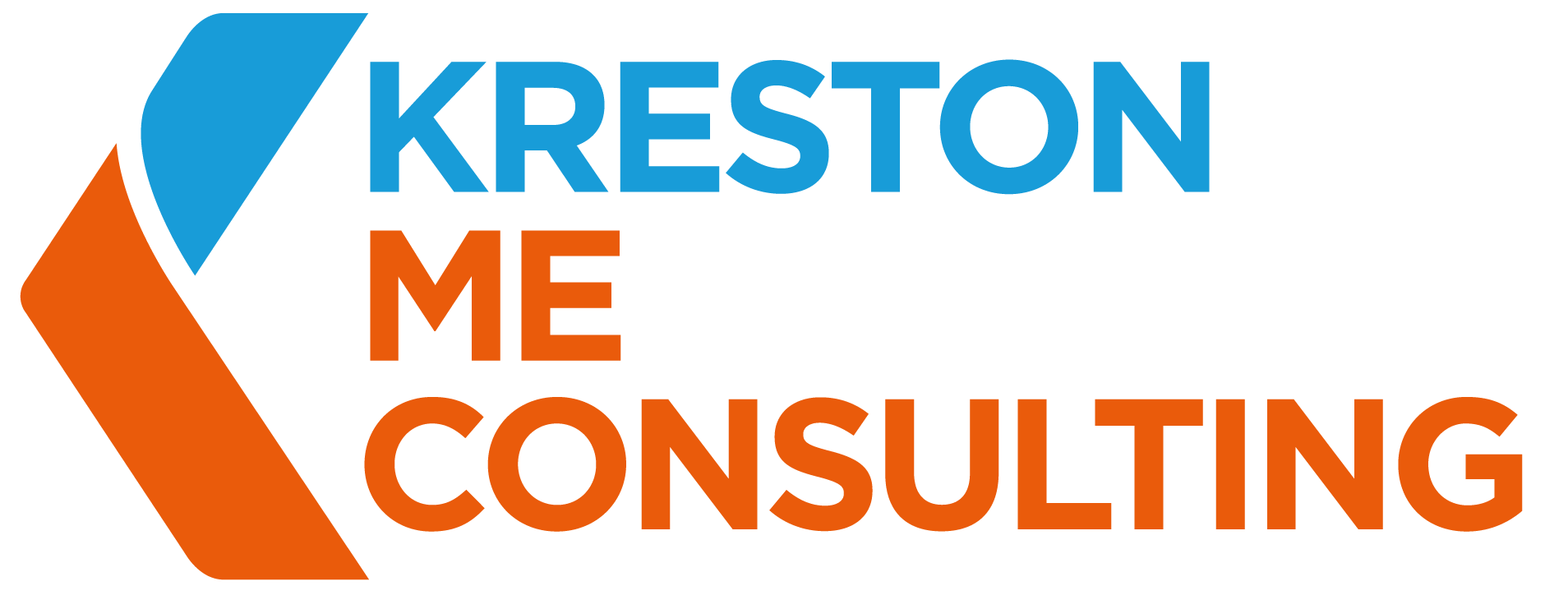Information Systems Audit (IT Audit)
Ensuring Security and Compliance
Information Systems Audit stands as a safeguard against the vulnerabilities and risks that accompany our increasingly digital world. In an era where data is a critical asset and technology is the lifeblood of organizations, ensuring the security, integrity, and compliance of information systems is paramount.
Information Systems Audit is the systematic examination and evaluation of an organization’s IT infrastructure, processes, and controls to identify weaknesses, prevent data breaches, and ensure regulatory compliance.
Benefits of IT Audit
Enhanced Security and Risk Management
IT audits help identify vulnerabilities, weaknesses, and potential risks to the organization’s IT infrastructure and systems.
Improved Compliance and Data Protection
IT audits ensure that organizations comply with relevant regulations, industry standards, and data protection requirements.
Enhanced Operational Efficiency
IT audits identify areas for improvement in IT processes, system efficiency, and resource utilization.
Strengthened IT Governance
IT audits assess the organization’s IT governance practices and control environment.
Key Areas Covered in IT Audit
IT Infrastructure and Network Security
IT audits evaluate the organization’s IT infrastructure, including hardware, software, networks, and security protocols. This assessment helps identify vulnerabilities, weaknesses, and potential threats to the IT environment. By examining network security measures, access controls, firewalls, and encryption practices, IT auditors can ensure the confidentiality, integrity, and availability of critical information.
Data Management and Protection
IT audits assess the organization’s data management practices, including data storage, backup, retention, and disposal. Auditors review data protection mechanisms, such as data encryption, access controls, and data recovery processes, to ensure that sensitive information is properly safeguarded. This helps mitigate the risk of data breaches, unauthorized access, and data loss.
System Development and Change Management
IT audits examine the organization’s system development and change management processes to ensure that changes to IT systems are properly controlled, tested, and documented. This assessment helps mitigate the risk of system failures, data corruption, and unauthorized system modifications. Auditors review change management policies, testing procedures and documentation practices to ensure adherence to industry standards.
